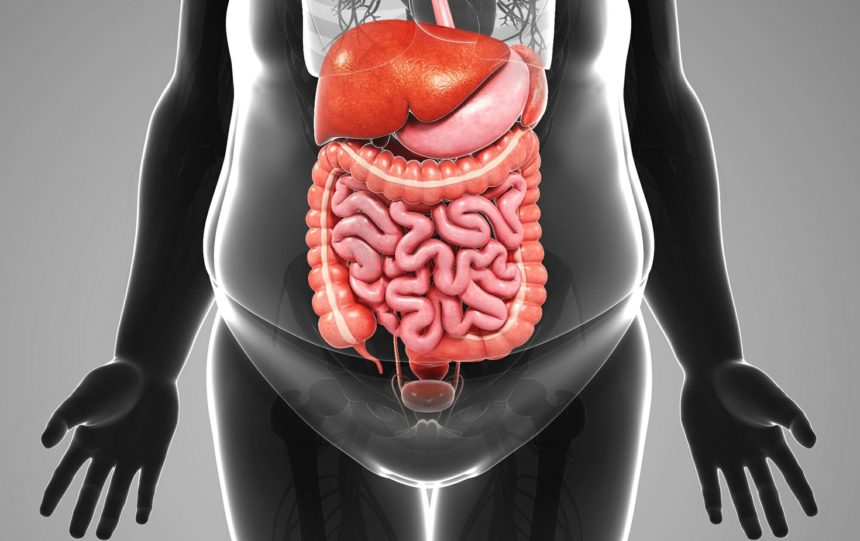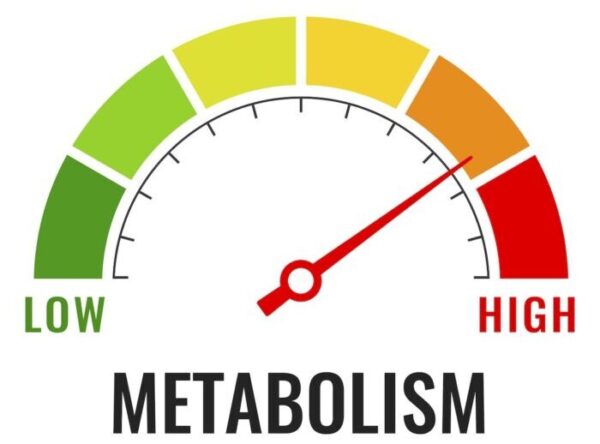Supporting the 'Hungry Gut' for Weight Loss
The decision to start pharmaceutical interventions for weight loss is never a light decision. What we will learn is that these tools are helpful for people with the ‘Hungry Gut’ and using these medications with precision, makes a difference.
So what do I mean by precision? Well, precision medicine is taking into account the individual differences we all have and picks the right intervention for the right person. This is the art and challenge of medicine in general. Luckily there are clues to help figure out the best intervention as this is truly not “one size fits all.” This information comes from the work of Dr. Acosta who I have been following for a few years now. Here is a link to his research article. I love the idea that genetically and metabolically we are all different and identifying those differences can affect the outcome of the weight loss interventions utilized.
In precision medicine, the popular medications called ‘GLP-1 agonists‘ work best for people who have the ‘Hungry Gut’ phenotype. These medications go by the trade names such as Saxenda, Wegovy, and Ozempic. Some of them are only FDA-approved for diabetes while some are FDA-approved for obesity/weight loss. Other phenotypes, which we will address in subsequent articles, are ‘Hungry Brain’, ‘Emotional Brain’, and ‘Slow Metabolism’. The point is that certain interventions will work better for the ‘Hungry Gut’ than the other phenotypes that contribute to weight loss resistance.
Currently there are certain strains of probiotics associated with assisting in weight reduction. There are ongoing studies on fecal transplant for obesity. Eating living foods that contain healthy strains of bacteria such as yogurt and fermented foods (pickles, sauerkraut) and considering probiotics can support a weight loss plan.
What is the 'Hungry Gut' Phenotype?
This refers to the person who struggles with abnormal satiety, or trouble feeling full with eating. People with a hungry gut phenotype will often say “I am always hungry” or “I eat and then a few hours later I am hungry again.”
We have been hearing a lot about the medications that target GLP-1, a hormone that is released by the cells of the small intestines and the colon in response to proteins, carbohydrates, and fats. The action of this hormone is to slow gastric emptying and gives a signal for satiety or fullness. It also triggers the release of insulin which works to drive the glucose as a result of the food in the cells of our body. GLP-1 agonists reduce the production of glucose in the liver (gluconeogenesis). This is why these medications were initially used and prescribed for patients with diabetes or high blood sugar. It turns out the real value is the impact of these medications on fullness and satiety. They have been shown to facilitate weight loss in the realm of 15-20% of body weight.
Perhaps people who have trouble with getting too full at a meal do not release as much GLP-1? I think we do not have all the answers to that question. Like everything, it is probably multifactorial- part genetic, part circumstantial. People who struggle with a ‘hungry gut’ will often describe themselves as always hungry. They will describe often feeling hungry shortly after eating and decreased duration of fullness. If that sounds like your body, then you may want to consider some of these interventions that target GLP-1.
How Do We Target and Increase GLP-1 Naturally?
One word: Fiber. Fiber is helpful in stimulating the release of GLP-1. We have long known that fiber will often slow down digestion and make us feel fuller. It does that by stimulating the natural release of GLP-1. This means that eating foods higher in fiber or taking fiber supplements before your meals can be helpful for a hungry gut phenotype as a weight loss strategy.
Eating slowly and mindfully. This may sound like a no-brainer but how often are we programmed to eat quickly in today’s world? When my children were in elementary school, I often would find uneaten food in their lunchboxes. When I would ask, I was informed that there was not enough time to eat as “the garbage cans came out” signaling to hurry up and finish. We are trained to eat fast and we even have something called “fast food.” If you think about it, in order for GLP-1 to be released, the food has to hit the small intestines- if we are eating food fast then there may not even be time for your body to do its thing!!
Support your gut bacteria. Certain strains of probiotic bacteria have been shown to improve GLP-1 release. Specifically, Akkermansia muciniphila is a special probiotic strain that increases with the consumption of prebiotic fiber from vegetables and fruits. Researchers are now looking at probiotics containing this strain to support the microbiota.
Additional Supplements. There are also some botanicals that enhance GLP-1 production which may be part of the mechanism for their efficacy in relation to blood glucose regulation. Supplements such as berberine and resveratrol, known for their benefits metabolically, can also support GLP-1 production.
Pharmaceutical GLP-1 Agonists
As mentioned, GLP-1 agonists are a class of medications that have been utilized for some time for diabetes but it turns out that their real benefit may be in the treatment of obesity. As I have described there is a huge advantage to stimulating the release of GLP-1 if you have a ‘hungry gut.’ Studies and my clinical experience support their effectiveness. People taking a GLP-1 agonist such as semaglutide describe eating half of their meal and then just will be unable to finish due to fullness. However, when we intervene with pharmaceuticals biologically we have to think things through. While the STEP trials do reveal that people who use medications such as semaglutide (trade names: Wegovy and Ozempic) do lose weight over time, these trials also reveal that when the medications are abruptly discontinued, greater than 50% of the weight lost is regained.
My certification board and the obesity medical association all describe obesity as a chronic condition and this I believe is true. Ask anyone with weight struggles and they will say it has been a long-term struggle. Even if they have been able to successfully lose weight and keep it off, it is a never-ending effort. To that point, if we do use a GLP-1 agonist such as semaglutide, we have to think of it as a long-term intervention and one that perhaps, after stability at goal weight step-down therapy, can be considered on an individual basis but that will not always be the rule. Physiologically my hypothesis is that if we make lifestyle changes to support long-term weight maintenance, which is a different skill set than weight loss, there is a chance for step-down therapy. The discussion before starting these medications however should be had that potentially this is a long-term chronic medication and abrupt discontinuation will result in rebounding hunger as I have already witnessed. This should be expected and managed properly if a GLP-1 agonist is discontinued which many people must do eventually due to their availability and very high cost.
Other Phenotypes
References
Wilding, J. Once Weekly Semaglutide in Adult with Overweight or Obesity. N Engl J Med 2021; 384:989-1002 DOI: 10.1056/NEJMoa2032183
Rubino D, Abrahamsson N, Davies M, et al. Effect of Continued Weekly Subcutaneous Semaglutide vs Placebo on Weight Loss Maintenance in Adults With Overweight or Obesity: The STEP 4 Randomized Clinical Trial. JAMA. 2021;325(14):1414–1425. doi:10.1001/jama.2021.3224




